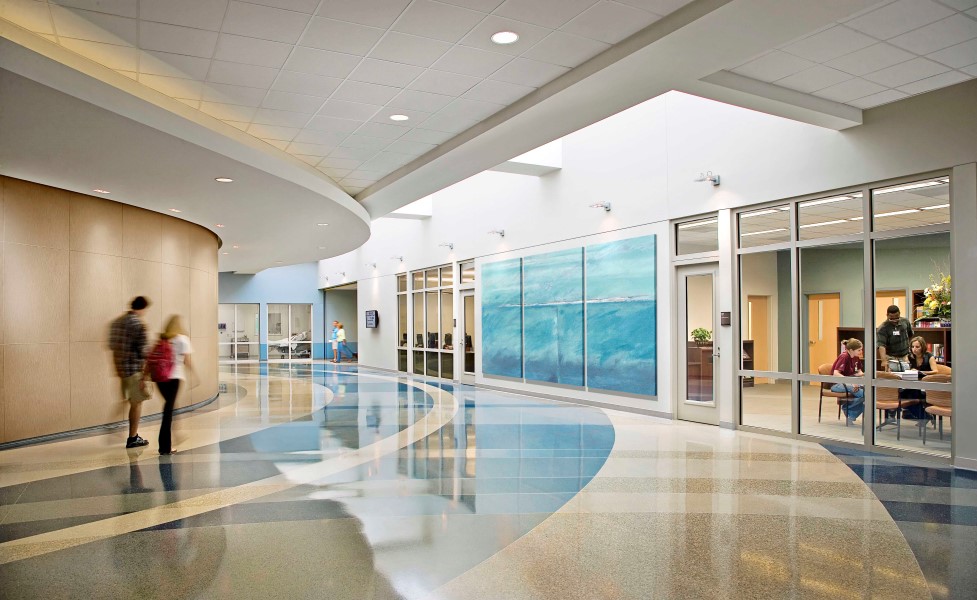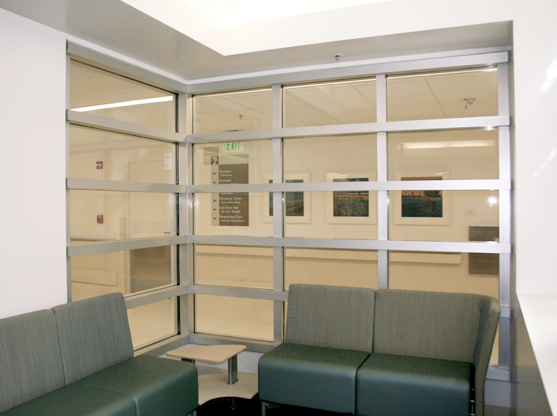Avoid Mismatched Fire-Rated Assemblies
Mismatched fire-rated glass and framing happens more often than you think. Failing to confirm that the tested and listed performance capabilities of the framing system match those of the glazing can result in a financial nightmare. Simply put, the entire assembly must fully meet the requirements of the code.
Fire protective framing is allowed where codes allow fire protective glazing tested to NFPA 252/257. When codes require fire resistive glazing to meet ASTM E-119/NFPA 251/UL263 requirements, fire resisitve framing must be used, and the entire assembly must meet the same rating requirement as the wall. Why is it that we see fire protective hollow metal frames used in stairwell enclosures, fire barriers or other applications where fire resistive assemblies (both glass and frames meeting ASTM E119/NFPA 251/UL 263 are required? Read more…
 |
Design Options with Advanced Fire Resistive Framing
Aside from offering superior performance compared to traditional hollow metal framing, today’s advanced fire resistive framing products offer tremendous design flexibility to help fulfill the architect’s design intent while still meeting code requirements. Possible benefits include: design continuity, multiple finishes, curtain wall performance, benefits beyond fire-rated performance and 90-degree corners. Read more…
 |